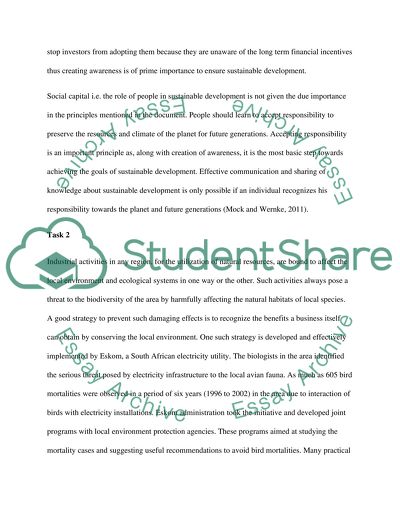Cite this document
(Sustainable Development and Its Overall Impact Assignment - 1, n.d.)
Sustainable Development and Its Overall Impact Assignment - 1. Retrieved from https://studentshare.org/environmental-studies/1585826-sustainable-development-and-its-overall-impact
Sustainable Development and Its Overall Impact Assignment - 1. Retrieved from https://studentshare.org/environmental-studies/1585826-sustainable-development-and-its-overall-impact
(Sustainable Development and Its Overall Impact Assignment - 1)
Sustainable Development and Its Overall Impact Assignment - 1. https://studentshare.org/environmental-studies/1585826-sustainable-development-and-its-overall-impact.
Sustainable Development and Its Overall Impact Assignment - 1. https://studentshare.org/environmental-studies/1585826-sustainable-development-and-its-overall-impact.
“Sustainable Development and Its Overall Impact Assignment - 1”, n.d. https://studentshare.org/environmental-studies/1585826-sustainable-development-and-its-overall-impact.


